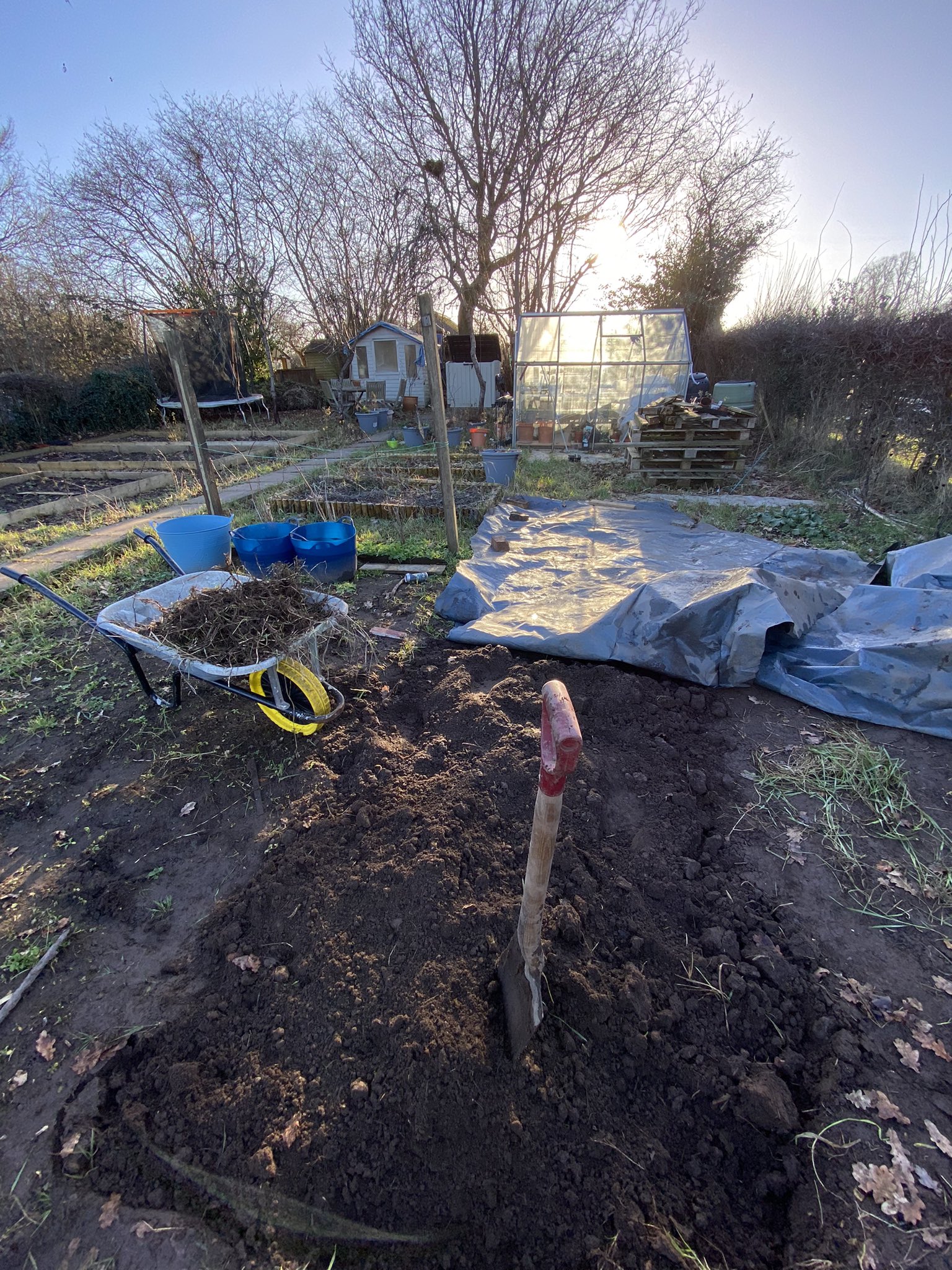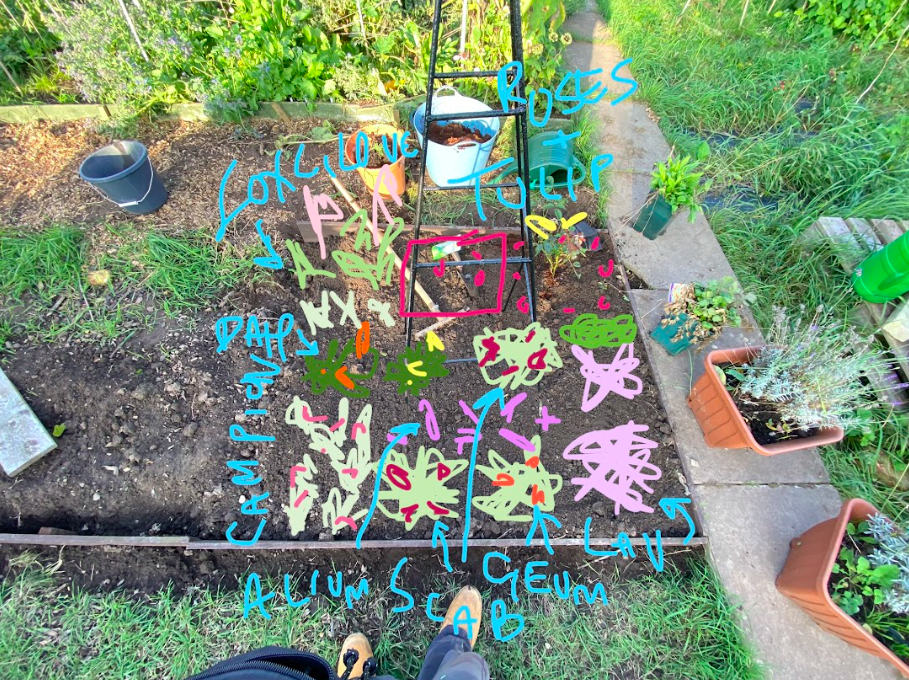Signs of spring are breaking through with crocuses and snowdrops out and daffodils almost here. The allotment is filled with a chorus of birds each time I go, and neighbours are excited to have seen a tawny owl in the evenings over the past month (hanging out in the big oak tree at the end of my plot!).
Hard frosts and pesky foxes have meant my artichokes died over winter. Attempts to grow cabbages over winter have been touch and go with the cold snaps leaving leaves burnt by the cold.
But I’ve been prepping my seed stores over winter and making plans for the year ahead. I was lucky to get gifted seeds over Christmas and had a few successful seed swaps giving away spare heirloom tomato seeds in exchange for interesting chilli, gherkin, brassica, squash and lupin varieties.
This is my second year of having an allotment plot. In this post I’ll outline what’s going on at the plot right now, my plans for the first half of the year and things I’ve learned over my first winter having an allotment.
February work
My head is still very slow from seasonal depression mixed with my regular depression so over the past couple of weeks I’ve been doing an hour every other day at the plot. I’m focusing on clearing ground to shift my greenhouse to a sunnier location. Ideally I’ll have moved it by the beginning of March so I can grow seedlings. I have two very unkept plum / damson trees that stand way too tall to pick fruit from and are showing signs of disease. Once the greenhouse is shifted far from the trees, come autumn I’ll be able to remove the plum trees.
I’m still debating whether to eventually replace the fruit trees, maybe with pears or more plums (there is an abundance of both eating and cooking apples on other people’s plots), or to get more raspberry varieties. Long term I want to shift to more perianal crops to reduce the amount of maintenance in spring each year.
I’m also planning to get a second greenhouse. I’ve toyed with getting a poly tunnel as they are much much cheaper, but I’m pretty certain it would get beaten up by the local foxes, cats and badgers (I’ve already had animals tear through small poly tunnels and fleecing). Local listings for secondhand greenhouses have been empty for months but I’m still holding out hope something turns up.
I also need to cut back my hedges before March and birds start nesting. The hedge is mostly hawthorn with some hazel, holly and bramble mixed in. So it’s violently spiky to deal with but a great resource for wildlife.
I planted rhubarb split from my grandad’s garden last year and also planted two small rhubarb seedlings in the same bed. All three are showing life now that it’s nearing spring. Really excited to see this rhubarb patch flourish.
I’m only growing new / first early potatoes this year, partly because drought badly affected my main crop potatoes last year (and apparently the UK is forecast for a worse / hotter / drier summer this year). I have Charlotte and Rocket potatoes laid out in the spare room chitting away. My plan is to grow these and dig them up come June / July time and then plant my leek seedlings where the potatoes have come out.
My first winter at the plot
Over winter I experimented with Spanish Black Winter Radishes as a cover crop to keep the ground protected and healthy. I picked a couple of radishes to try but they are super strong (horseradish like) and have to be soaked in saltwater to become palatable. But they were a super successful cover crop! So I’ll likely do the same again next year.
I also threw down Mustard, Clover and Birdsfoot Trefoil seed in appropriate places as green manure / cover crop. I definitely planted the Mustard seed too late but the Clover and Birdsfoot Trefoil worked okay, again probably need to lay the seed earlier if I use them again.
Green manure is a way of using plants that feed or fix nutrients into the ground over autumn and winter as an alternative to using animal manure. Green manure and other cover crops also help protect the ground from otherwise being bare. This helps the ground warm up sooner in spring, offers the ground protection from frost, and stops nutrient depletion.
I almost planted broad beans in autumn and then got sidetracked by other jobs. Traditionally in the UK people plant broad beans in autumn for them to germinate and then go to sleep over winter; they then start growing again come spring. However with the frosts this year most people have had their broad beans die and they are in the process of replanting. I watched this video by Huw Richards recently discussing the benefits of field beans over broad beans and it made me want to try them as a cover crop that I can harvest from next year. They’re the same species as broad beans but a different variety usually sold as a cover crop rather than a harvestable vegetable. But apparently they are much hardier (surviving this year’s frosts) and even though the individual beans are smaller the weight yield is bigger per plant and the taste is the same. Legume cover crops / green manure are great as they add nitrogen to the soil once the roots die and go into the earth, so to have a cover crop for winter that can add nitrogen plus provide food is potentially really useful.
I tried growing lettuces, spinach, broccoli, and various types of hardy cabbage over winter. The cabbages should do okay come spring but the broccoli was over ambitious given the very hard frosts we’ve had in the UK. The lettuce and spinach is still going but I haven’t tried harvesting them and instead left them as a cover crop. As I said at the top of the post I began growing globe artichokes last year, and they needed to weather the winter (under protection) to start producing buds this second year. Unfortunately something tore at the fleece protection and they got killed off in the second hard frost of this year. I kept checking on them through the first frost and they were doing fine, so it’s frustrating to lose them with the second frost.
The foxes love hanging out on my plot. Which can be cute, but sometimes annoying. They’ve definitely damaged various things in their wake (artichokes, small poly tunnel, any bag of compost I leave outside). So I’ll need to work out some deterrents. There’s a female fox the neighbours call Phoebe who is the main one who will come by while I’m working at the site. She has walked up right by me while I’ve been weeding etc and frightened the life out of me, but she’s chill. However if I can make them less comfortable hanging out amongst my beds that would be great…
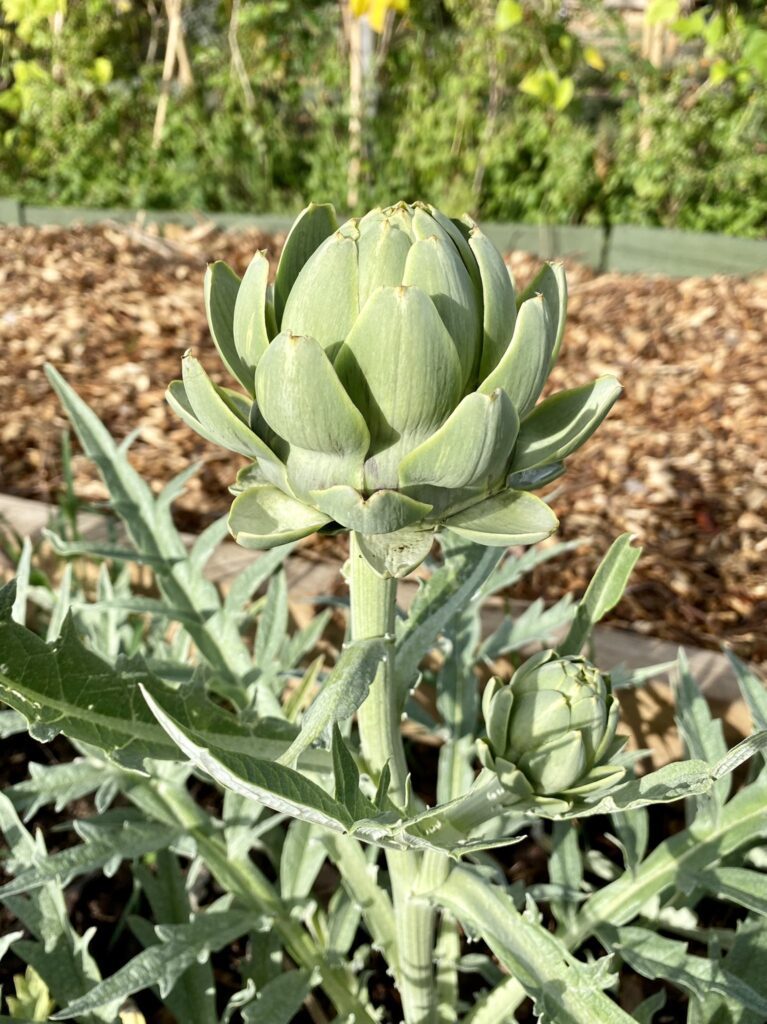
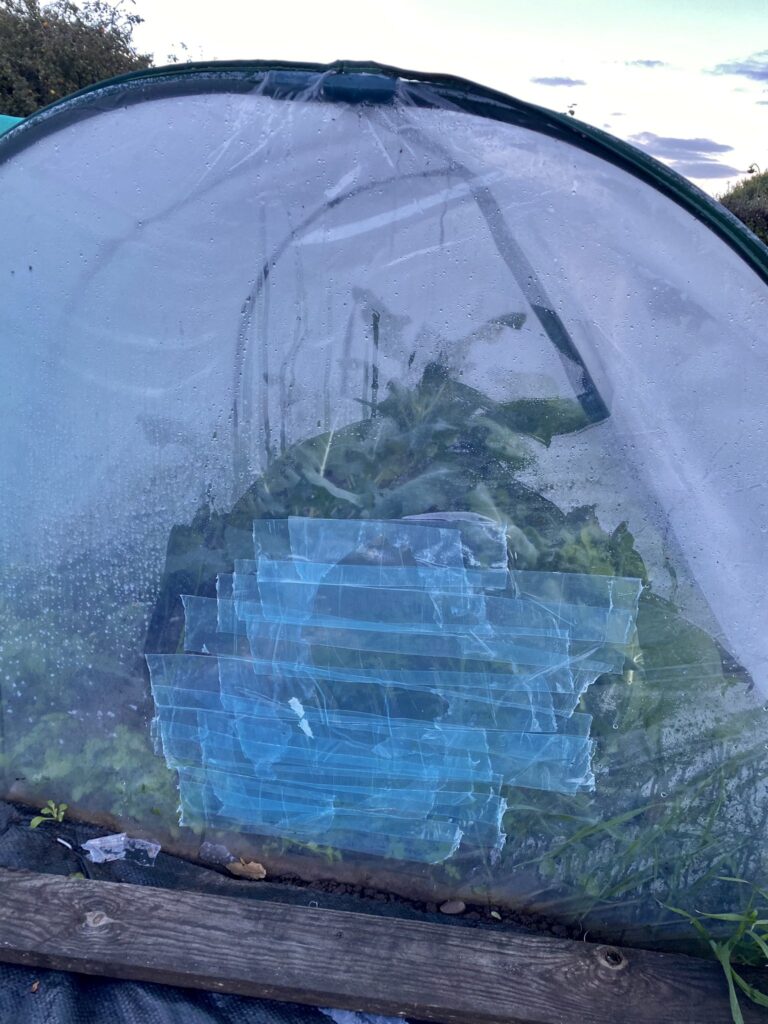
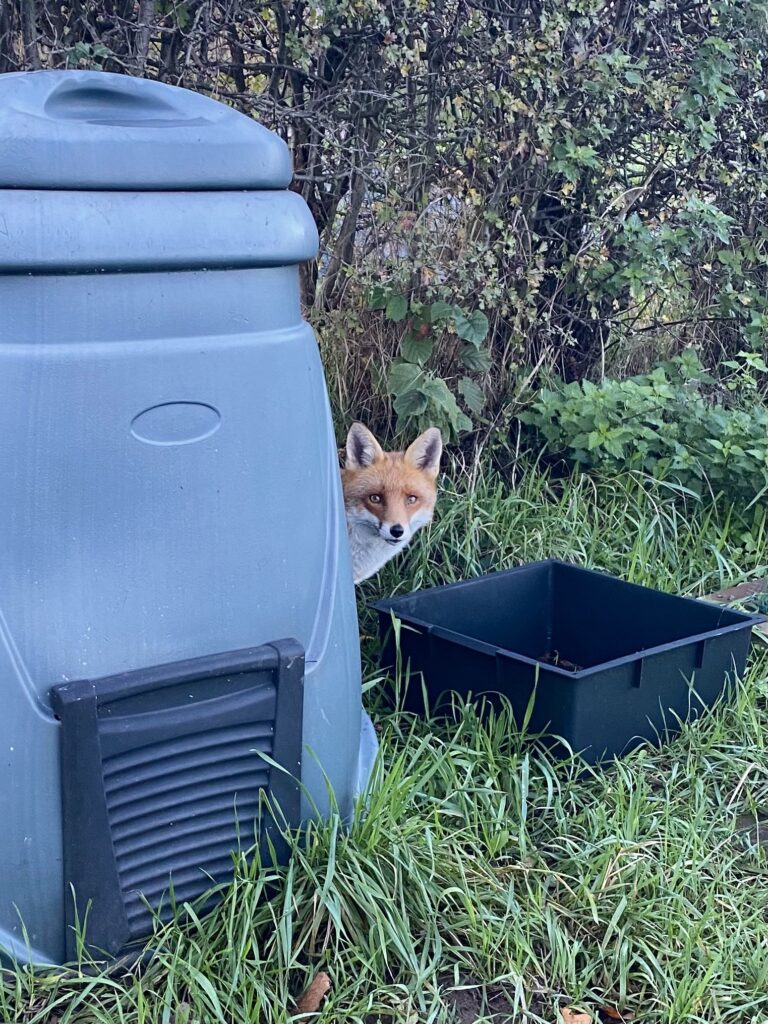
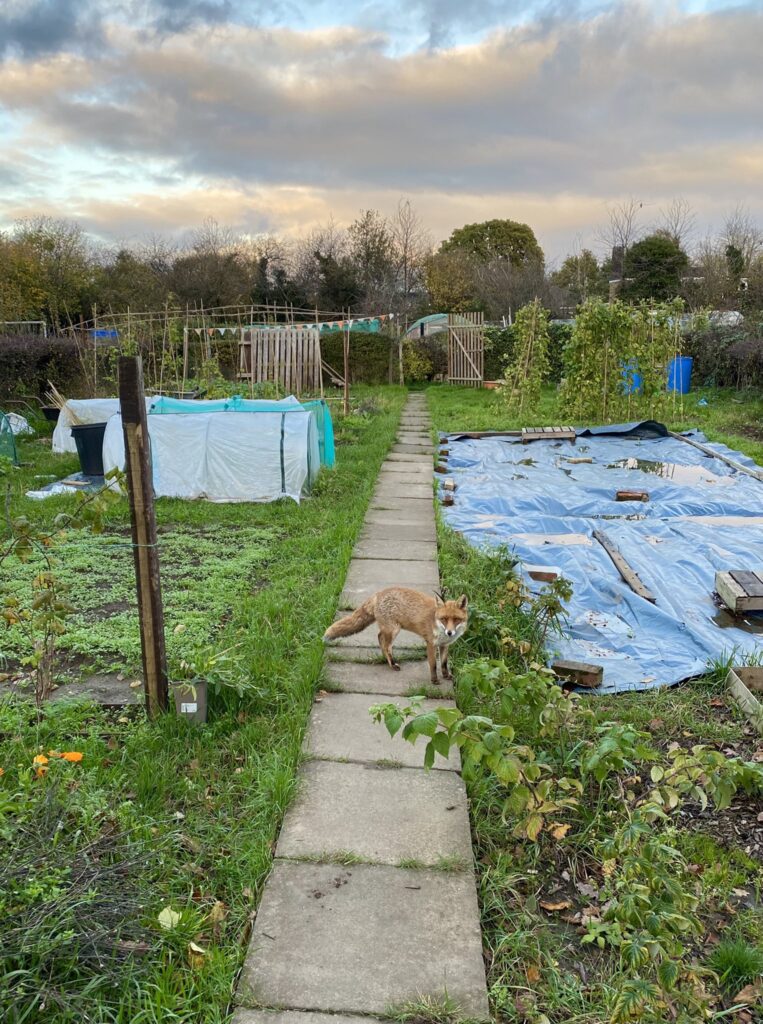
I began laying more paths down between growing spaces to help the ground be less of a slip’n’slide over winter. I’ve been laying down cardboard with a thick layer of wood chipping on top. It’s been super useful while I’ve been doing work this month not to have to contend with mud at every turn. When more chippings arrive at the site (tree surgeons bring them for free as it’s waste material for them) I’ll lay more paths down in the remaining areas.
Plans for the year ahead
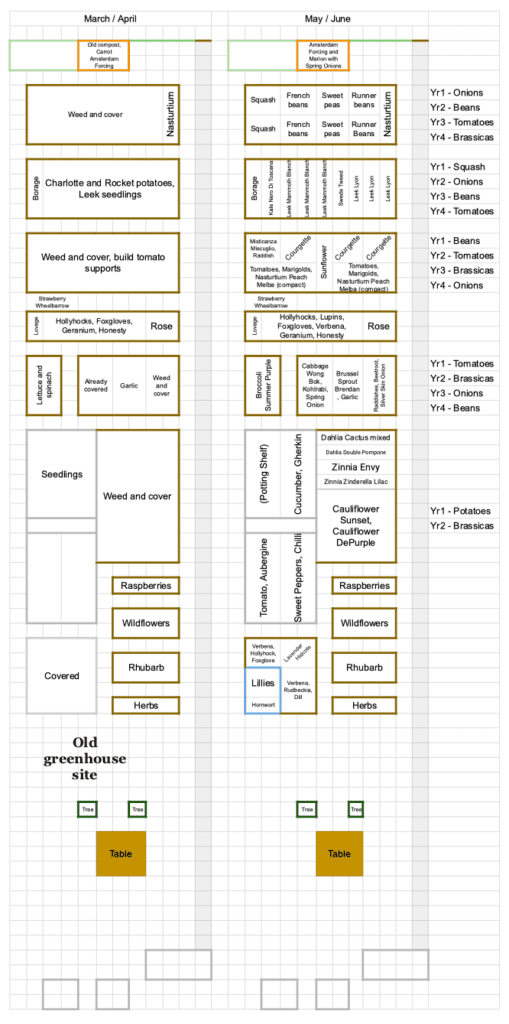
My first three big beds are 2 x 4.5 meters with two more spaces a similar size. With four of these beds I’m (for now) doing a crop rotation with beans, onions, brassicas and tomatoes. In this mix I’m doing a lot of companion planting too (growing plants that help each other amongst each other) plus trying to make sure the ground is covered with plants throughout the year to keep the ground and resulting crops healthy. It’s a massive growing space (roughly 6 x 33 meters) so I try to be canny about what I’m growing and how I’m using the space to save me extra work down the line.
Between my lovage and rose bush was where my artichokes were, the lovage and rose were given to me so I bookended the bed with them. But with the artichokes gone I have a gap in the middle, so for now I’m going to consolidate the foxgloves, hollyhocks and other perianal flowers I grew from seed last year into this space to make a tall flower bed.
I’m hoping to finally build a pond at some point too. May not happen before frogs want to lay spawn but whenever I get round to it it’ll make a great addition to the ecosystem of the plot. I want to plant small lilies and hornwort in the water to create shade and aerate the pond, and grow lavender, verbena and other flowers nearby which will encourage dragon flies and other insect wildlife.
The sweet peas I’m growing this year are called Perfume Delight and should work well as cut flowers alongside smelling great. I’m also growing dahlias Cactus mixed and Double Pompone mixed and zinnias Envy and Zinderella Lilac which are green and two-tone lilac coloured respectively. If all goes well I should end up with some handsome cut flowers.
I’ve saved lots of nasturtium and marigold seeds from last year as well as various wildflowers. I’ve also bought Peach Melba nasturtium seeds which are a compact variety verses my mixed tall saved seeds from last year.
I have a bunch of sunflower seeds too. I’ve saved Ring Of Fire seeds and took fallen seeds from a giant head variety I spotted on a walk last year. I also got given a mixed packet so I’ll happily plant some of them and see what they turn into too.
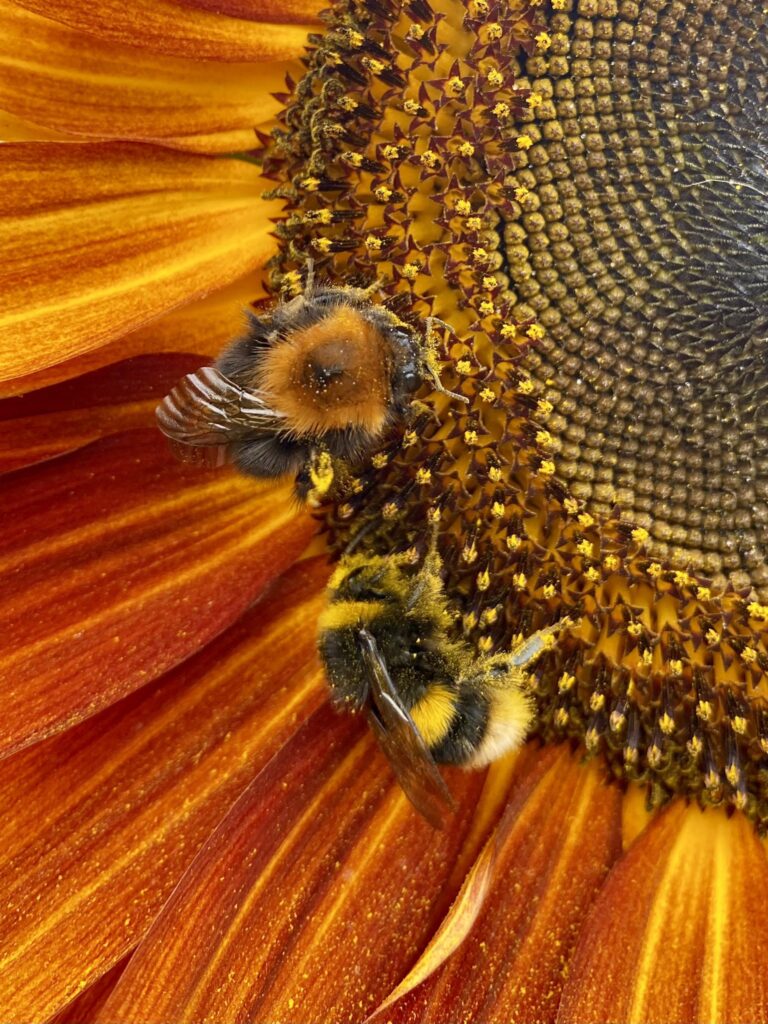
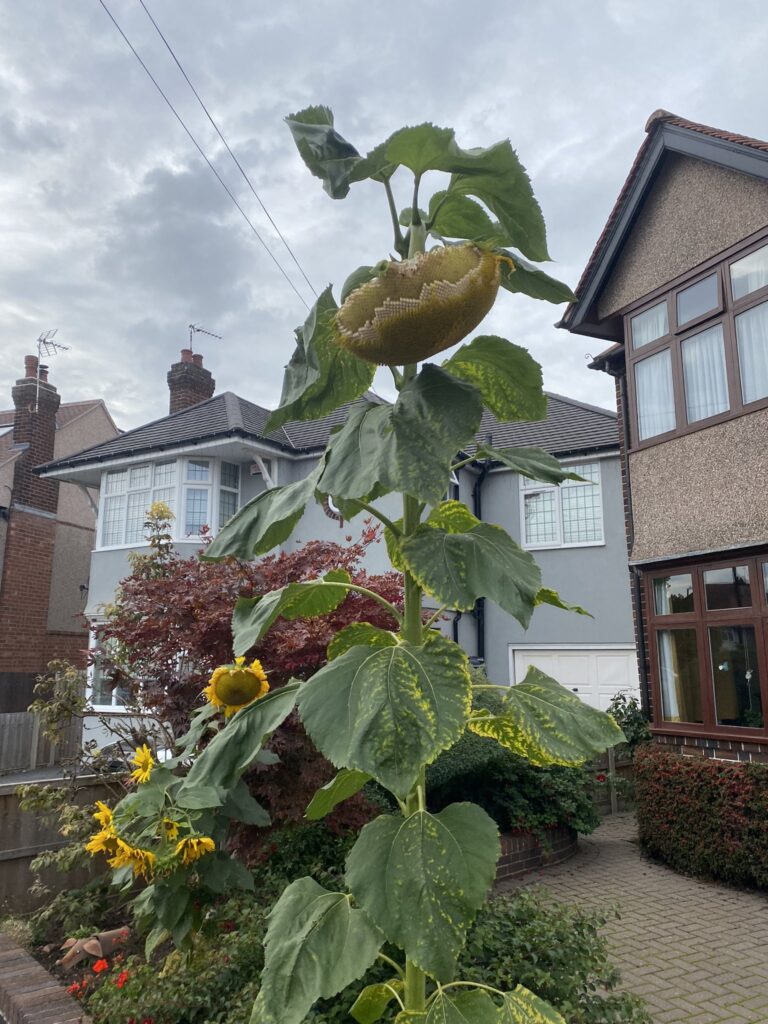
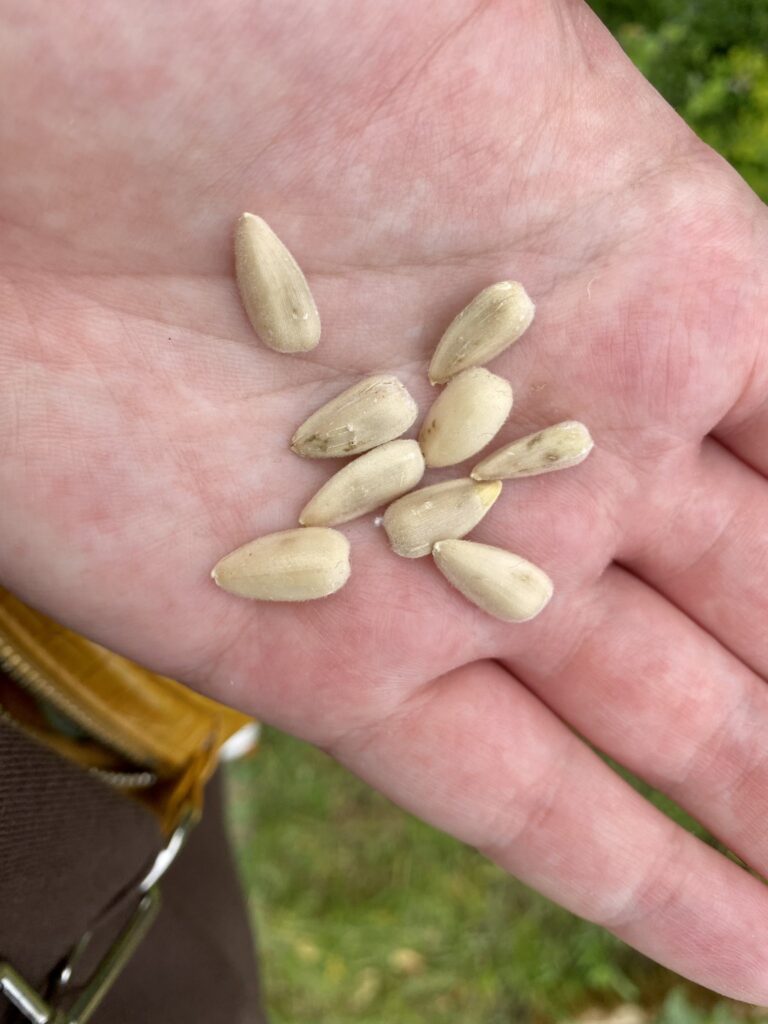
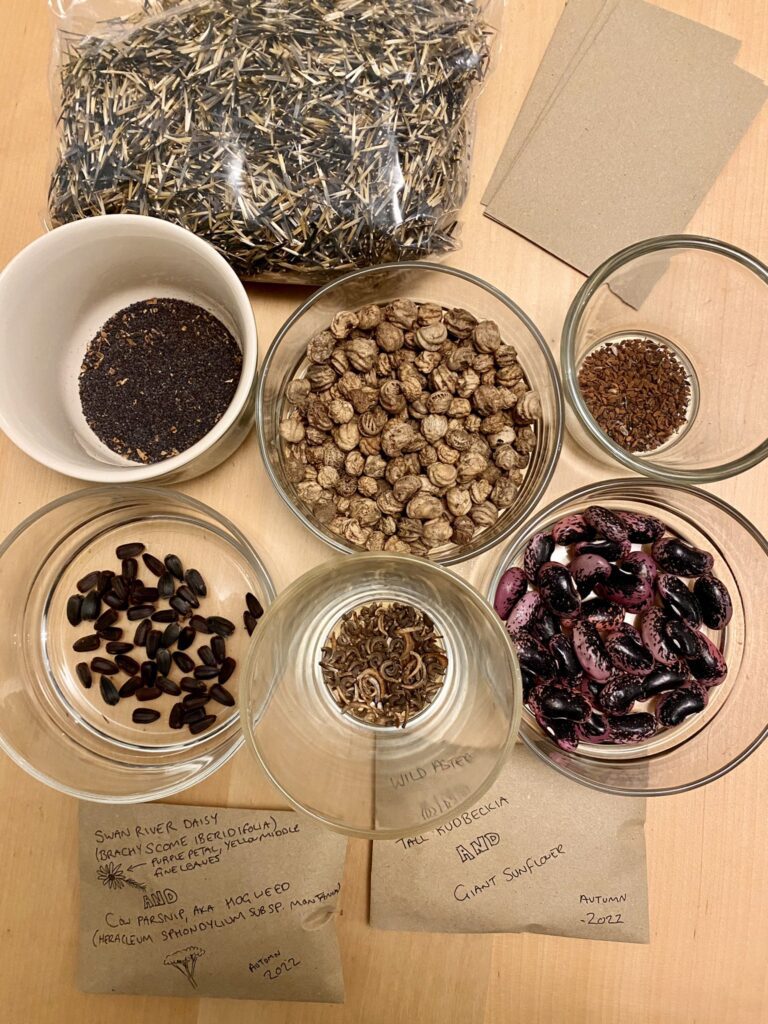
I’m going to grow a much smaller amount of tomato and squash plants compared to last year. I had 10 squash plants and 25 tomato plants last year which took a lot of watering! I also got to the point where I couldn’t face eating another tomato which has, frankly, never happened to me before. This year I’m doing two squash plants and maybe 6-8 tomato plants.
My chilli plants from last year have likely died due to cold (we were struggling to keep ourselves warm this winter never mind over wintering plants!). But I’ll be growing Trinidad Perfume plants from seed, a no-heat chilli variety that tastes like a Habanero but without the heat (apparently they’re great to dry and use in a salt rub). I’ll also attempt to pick up some hot chilli plants from a local fete later in spring.
If I get a second greenhouse I want to grow aubergines for the first time which I’m excited for. I’ve also got Crystal Lemon cucumbers, a variety of cucumber that produces round yellow fruits that can be peeled and sliced. I tried a lemon cucumber from a neighbour last year and it tasted great. Apparently people that get digestive problems with regular cucumbers don’t suffer with lemon cucumbers, and they’re a great size if you want enough for one or two people at a time.
I’ve got two varieties of sweet peppers, a red variety Thor and an orange variety Timia. I also got two types of gherkin cucumbers in a swap, Pasamonte H and Poznanski (?) (both from a Polish seed supplier and the swappee hasn’t tried growing them in the UK yet). Pasamonte seems like a common pickling variety but can’t find any info on the other variety.
I am mega excited to get growing. Just wish my brain would speed up enough for me to spend more time outside. But I’m trying to be patient with myself and keep in mind that this time last year I had only just got the keys to the plot two weeks ago and it was full of nothing but rubbish and weeds. I’m super proud of what I achieved last year and can’t wait to be stood amongst flowers and growing crops come summer.
